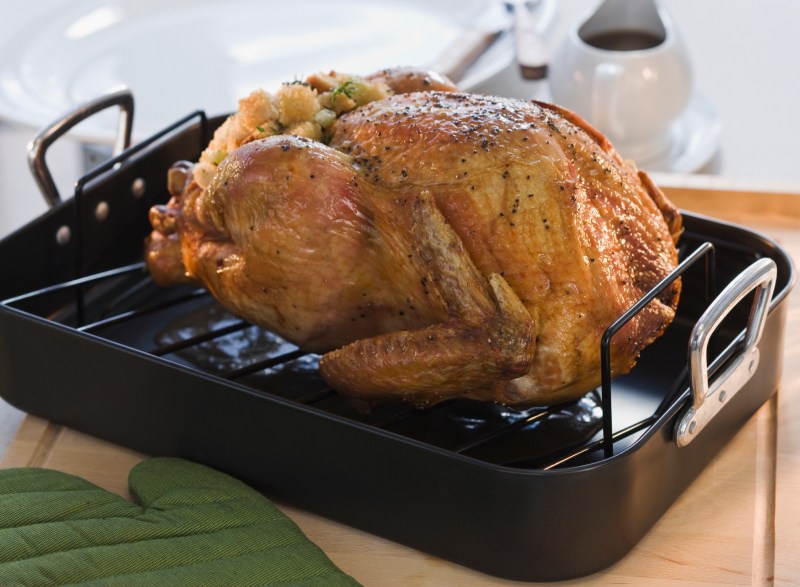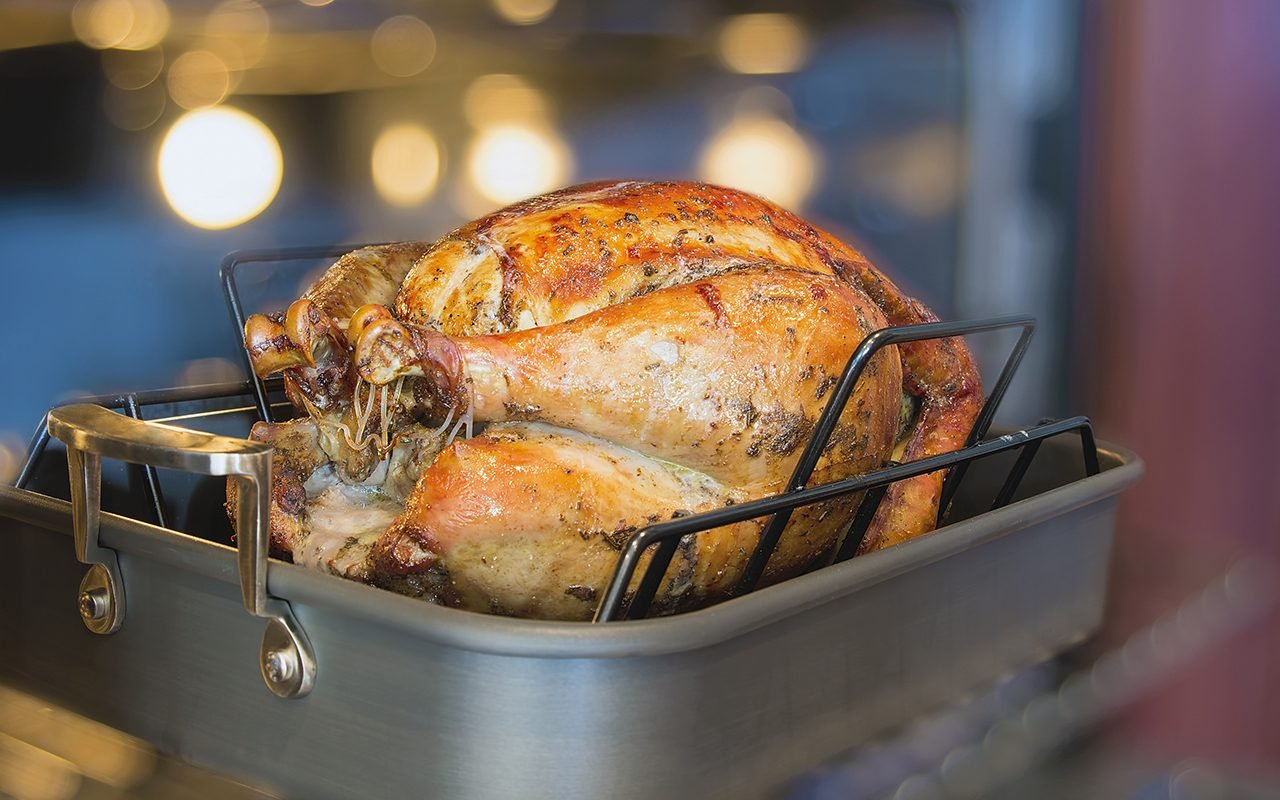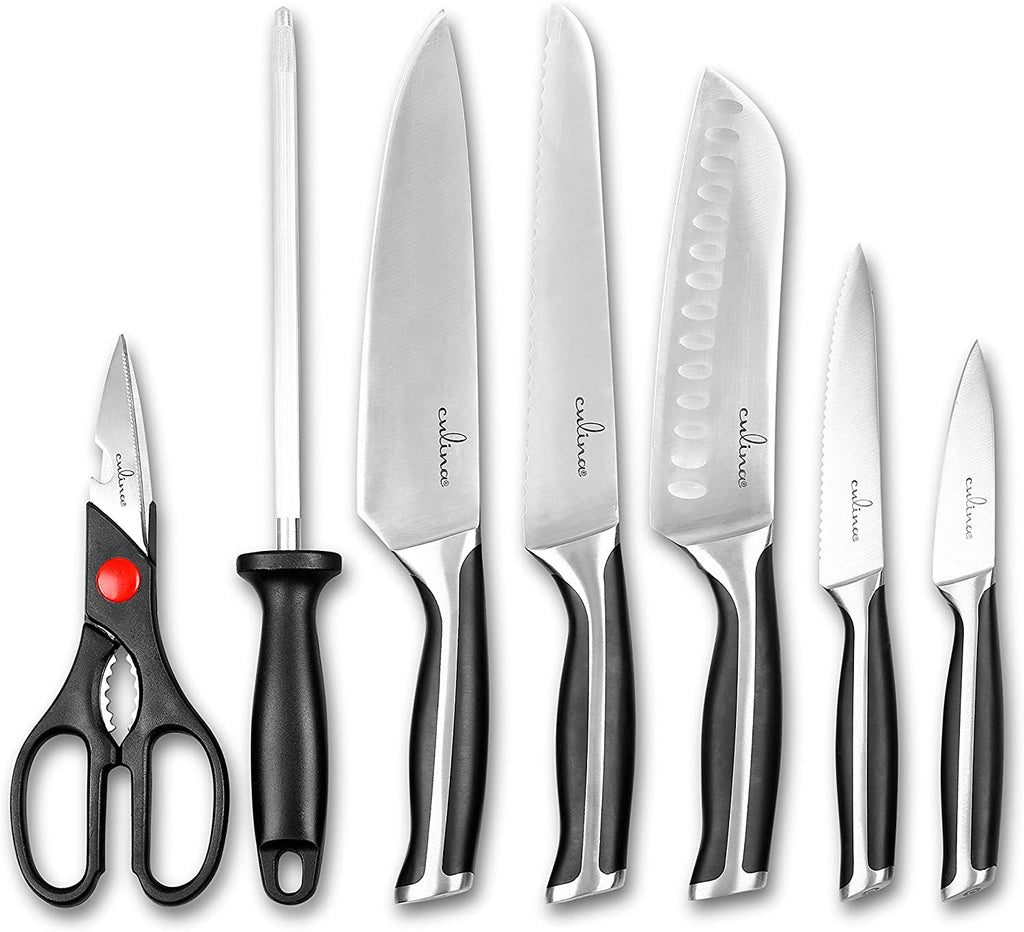How to Place a Turkey in the Roasting Pan: A Barbecue Enthusiast's Guide
Written By James Morgan
When it comes to preparing a turkey, one might think that the main challenge is the cooking process. However, **knowing how to place a turkey in the roasting pan** can make a significant difference in the outcome. This step is essential for ensuring even cooking, achieving that perfect golden-brown skin, and retaining the juiciness of the meat. In this guide, we will delve into the nuances of correctly positioning your turkey in the roasting pan to satisfy barbecue enthusiasts who crave the ideal bird.

***Choosing the Right Roasting Pan***
Before jumping into the specifics of placing a turkey in the roasting pan, it is crucial to understand the types of roasting pans available. The choice of the pan will affect the cooking time, evenness of cooking, and overall taste. You can read more about the different types of roasting pans to get a better understanding.
***Size Matters***
One of the most common questions is, what size roasting pan is suitable for a turkey? For a typical 20 lb turkey, it is recommended to have a pan that is at least 16 x 13 inches. Choosing the ideal size prevents overcrowding and allows for better heat circulation, ensuring even cooking. If you're still unsure, here's a guide on choosing the right size roasting pan.

***Preparing the Turkey for the Roasting Pan***
Preparation is key to the success of roasting a turkey. Make sure the turkey is fully thawed, cleaned, and seasoned according to your preferred recipe. Some enthusiasts may also choose to brine their turkey, which adds moisture and flavor to the meat.
***Trussing the Turkey***
Trussing involves tying the turkeys legs together to ensure it cooks evenly. While not mandatory, trussing does help the turkey retain its shape and cook more uniformly. If you're unsure about how to truss a turkey, plenty of resources are available, including this detailed guide on cleaning baked-on grease.

***How to Place the Turkey***
Once your turkey is prepped, it's time to place it in the pan:
- ***Position the Turkey Breast-Side Up:*** This is the most preferred position as it allows the breast meat to cook evenly and become juicy. Additionally, the skin over the breast will turn crispy and golden brown.
- ***Use a Roasting Rack:*** A rack helps to elevate the turkey, allowing for better heat circulation and preventing the bottom from becoming too greasy. Using a roasting rack makes a notable difference in the final result.
- ***Tuck Wings Under:*** To prevent the wing tips from burning, tuck them under the birds body. This also aids in maintaining a compact shape.

***Additional Tips for the Perfect Turkey***
For barbecue enthusiasts, the additional nuances can make all the difference between a good turkey and a great one:
***Basting and Rotating***
Basting your turkey helps in keeping the meat moist and flavorful. Aim to baste every 30 to 40 minutes. However, opening the oven frequently can cause temperature fluctuations, so be quick. Rotating the pan halfway through the cooking process ensures even heat distribution. Read more about the uses of a roasting pan here.
***Monitoring Internal Temperature***
The key to a perfectly cooked turkey is reaching the right internal temperature. Use a meat thermometer to check the thickest part of the breast and thigh. The ideal temperature should be around 165F. This step ensures you don't overcook your turkey, keeping it juicy and flavorful.
***FAQs***
***What size roasting pan should I use for a turkey?***
For a 20 lb turkey, a roasting pan measuring at least 16 x 13 inches is recommended.
***Should I use a roasting rack?***
Yes, using a roasting rack is advised as it helps elevate the turkey for better heat circulation and crispier skin. Learn more about using a roasting rack.
***What is the preferred position for placing the turkey in the roasting pan?***
The preferred position is breast-side up, as it helps the breast meat cook evenly and stay juicy.
As an Amazon Associate, I earn from qualifying purchases.



